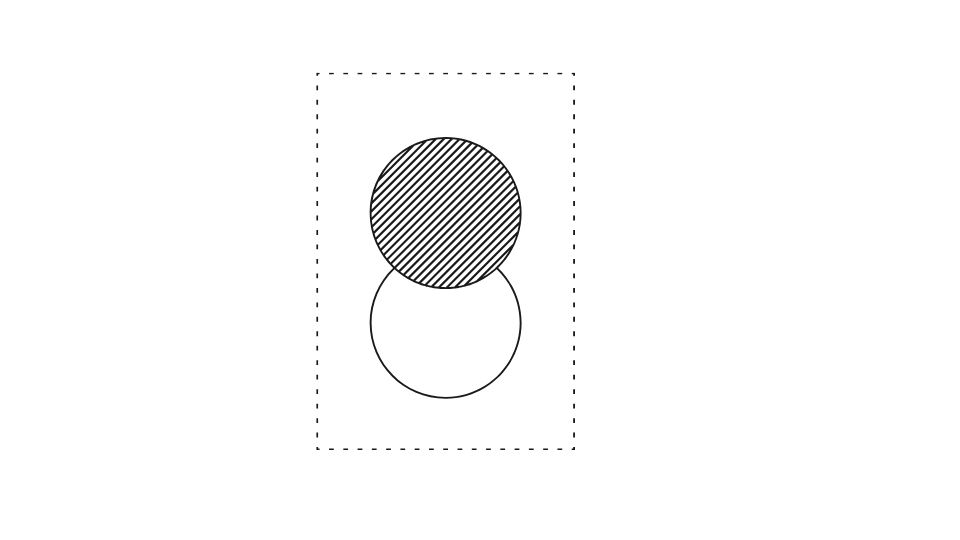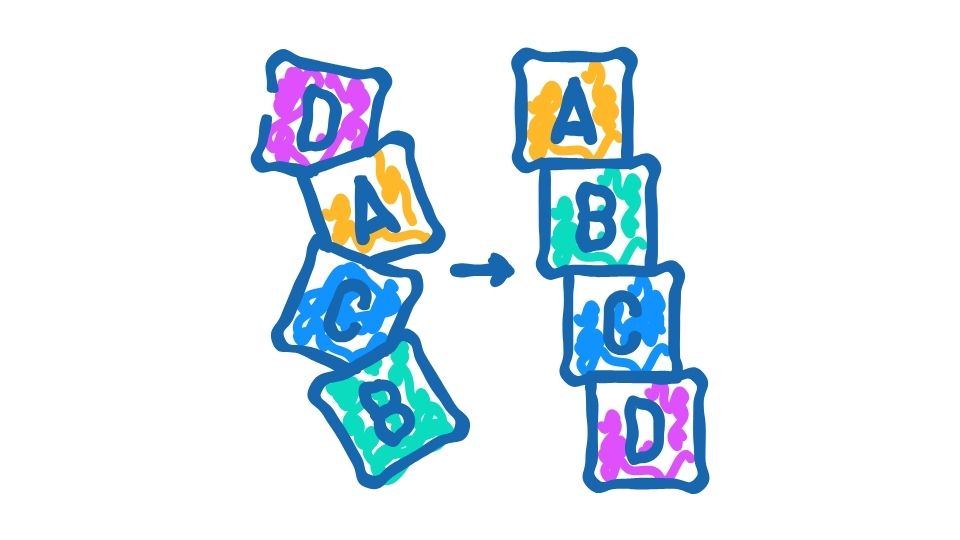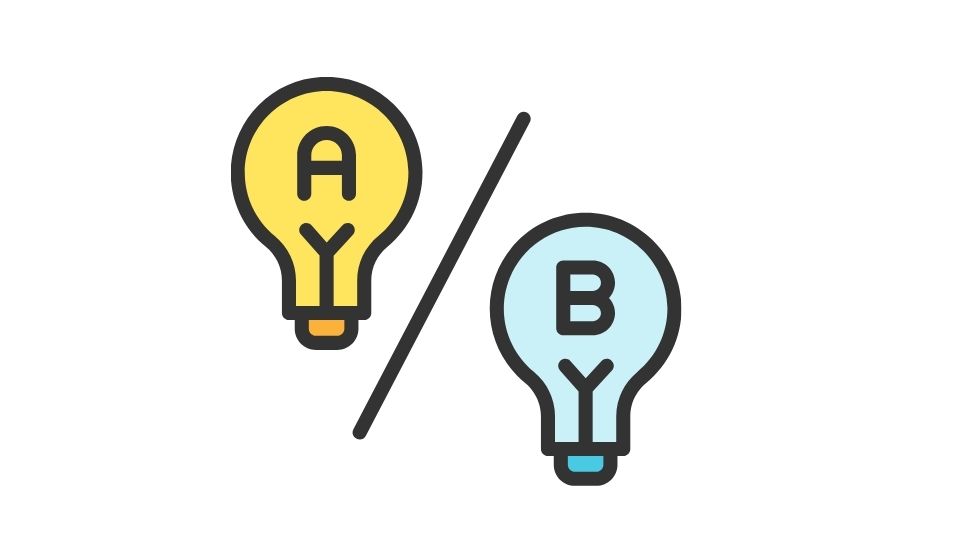TMS vs EMDR: Which Therapy Is Better for You?

Ever felt like your brain needed a “reboot” button?
When it comes to mental health treatments, there are two heavy hitters that work in completely different ways – TMS and EMDR. While one zaps your brain (in a good way), the other uses eye movements to process trauma.
I recently went down a rabbit hole learning about these treatments, and thought I’d share what I found – with a healthy dose of my opinion sprinkled on top.
TMS vs EMDR: Two Ways to Hack Your Brain
Let’s break down these two therapies that sound like they belong in a sci-fi movie but are actually legit treatments that help thousands of people.
Part 1: The Basics

What the heck are these treatments anyway?
TMS (Transcranial Magnetic Stimulation) is basically like a magnetic tune-up for your brain.
It’s a non-invasive procedure where they place a device against your head that sends magnetic pulses to specific brain regions. These pulses stimulate neural activity in areas that regulate mood and thinking.
Think of it like rebooting your computer when it’s frozen – except it’s your brain, and they’re using magnets instead of pressing Ctrl+Alt+Delete.
EMDR (Eye Movement Desensitization and Reprocessing) is more like a mental filing system reorganizer.
During EMDR, you focus on traumatic memories while simultaneously following the therapist’s finger movements with your eyes (or sometimes taps or tones). This bilateral stimulation helps your brain process and “file away” traumatic memories properly.
It’s like your brain got a trauma file stuck in the “URGENT!!!” folder, and EMDR helps move it to the “Past Stuff I’ve Dealt With” folder.
Part 2: How They Work
TMS: Zapping your depression away
TMS works directly on your brain’s physical activity. The magnetic pulses actually change the electrical activity in targeted brain regions, specifically ones that are underactive in depression.
It’s FDA-approved for treatment-resistant depression (when meds haven’t worked), but doctors are increasingly using it “off-label” for anxiety, PTSD, and other conditions.
A typical TMS session looks like:
- You sit in a comfy chair
- The technician positions the magnetic coil against your head
- The machine delivers pulses for 20-40 minutes
- You can watch TV, listen to music, or just chill
- You drive yourself home afterward (no sedation)
The best part? You don’t have to talk about your feelings or traumatic experiences during TMS. It’s like getting an oil change for your brain – just sit back and let the machine do its thing.
EMDR: Rewiring your trauma response
EMDR is all about psychological processing. It uses a specific 8-phase approach to help you process traumatic memories without getting overwhelmed by them.
The bilateral stimulation (eye movements, taps, or tones) seems to mimic what happens during REM sleep, when your brain naturally processes information. By engaging both hemispheres of your brain while recalling trauma, you can “unstick” those memories.
An EMDR session typically involves:
- Recalling distressing memories
- Following the therapist’s finger movements with your eyes
- Noticing what comes up (thoughts, feelings, sensations)
- Processing and reframing the experience
- Repeat until the distress level drops significantly
Unlike TMS, EMDR requires you to actively engage with traumatic memories. That can be tough, but the bilateral stimulation helps keep you from getting overwhelmed.
Part 3: The Big Differences

Treatment Structure
TMS is like going to the gym – you need to show up consistently for results:
- 5 sessions per week (weekdays)
- 4-8 weeks total
- Each session lasts 20-40 minutes
- Results typically show up after 3-4 weeks
EMDR is more like deep cleaning your house – fewer sessions but more intense:
- Weekly or bi-weekly sessions
- 6-12 sessions total (sometimes more for complex trauma)
- Each session lasts 60-90 minutes
- Some people feel relief after just a few sessions
What They’re Best For
TMS shines for:
- Treatment-resistant depression (when meds haven’t worked)
- Anxiety disorders
- People who find talking about trauma too difficult
- Those who need symptom relief before they can engage in therapy
EMDR excels at:
- PTSD and trauma-related disorders
- Anxiety linked to specific events
- Processing specific traumatic memories
- Breaking the connection between memories and distress
Part 4: The Practical Stuff

Side Effects
TMS side effects are usually mild and include:
- Headache (usually goes away after the first week)
- Scalp tingling
- Facial twitching during treatment
The biggest risks are seizures, but these are extremely rare (less than 0.1% of patients) and usually only happen in people with a history of seizures.
EMDR side effects are minimal:
- Temporary emotional distress during processing
- Vivid dreams
- Feeling tired after sessions
Neither treatment causes memory loss, weight gain, sexual side effects, or other common medication side effects.
Insurance and Cost
Good news: TMS is increasingly covered by insurance, especially for treatment-resistant depression. Many major insurers now cover it when medications haven’t worked.
EMDR coverage is more variable and depends on your insurance plan and diagnosis. Since it’s a type of psychotherapy, it’s often covered under mental health benefits if you have a qualifying diagnosis.
Without insurance, TMS can be expensive ($6,000-$12,000 for a full course), while EMDR costs about the same as regular therapy sessions ($100-$200 per session).
Can You Combine Them?
Actually, yes! Some clinicians recommend a combo approach for complex cases.
TMS can lift the heavy cloud of depression, making it easier to engage in the emotional work of EMDR. Meanwhile, EMDR can address the underlying trauma that might be feeding the depression.
Think of it like this: TMS helps you feel better enough to do the work, and EMDR helps you process the stuff that made you feel bad in the first place.
Picking the Right One For You
So which one should you choose? Here’s a quick guide:
Consider TMS if:
- You’ve tried multiple medications without success
- You find it too difficult to talk about trauma
- You need symptom relief ASAP
- You have severe depression that’s interfering with daily functioning
- You don’t have metal implants in your head or a history of seizures
Consider EMDR if:
- Your symptoms are clearly linked to traumatic experiences
- You’re willing to process difficult memories
- You want to address the root cause, not just symptoms
- You’re dealing primarily with PTSD or trauma
- Traditional talk therapy hasn’t helped enough
Of course, you should discuss these options with a qualified mental health professional who knows your specific situation. They can help you weigh the pros and cons based on your unique needs.
The Bottom Line

Both TMS and EMDR are evidence-based treatments that work differently but effectively. TMS is more of a biological intervention that stimulates underactive brain regions, while EMDR is a psychological approach that helps you process and integrate traumatic memories.
While I’m sure we all agree that having mental health issues sucks, it’s pretty cool that we have options that don’t involve medications or their side effects.
The good news is that neither treatment requires you to be on medication for the rest of your life. Both aim to create lasting changes in how your brain functions.
And remember, the best treatment is the one that works for you. Some people swear by TMS, others by EMDR, and some benefit from both or different approaches entirely.
Mental health isn’t one-size-fits-all, and that’s actually a good thing.

